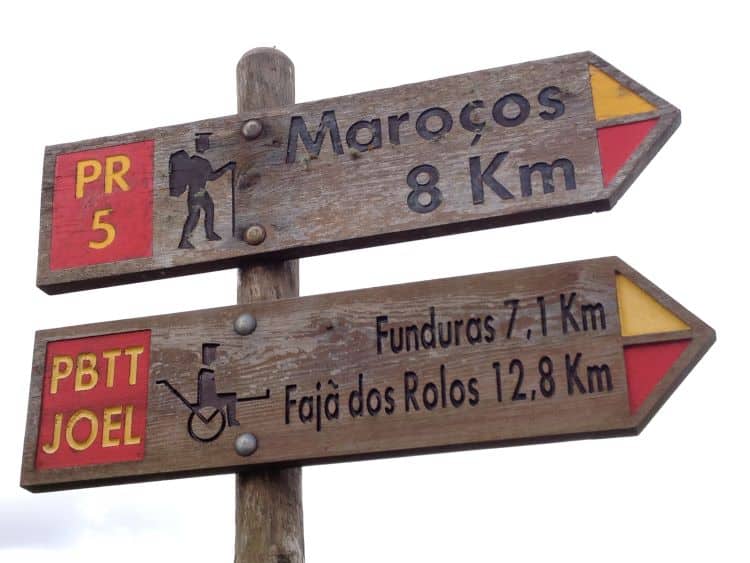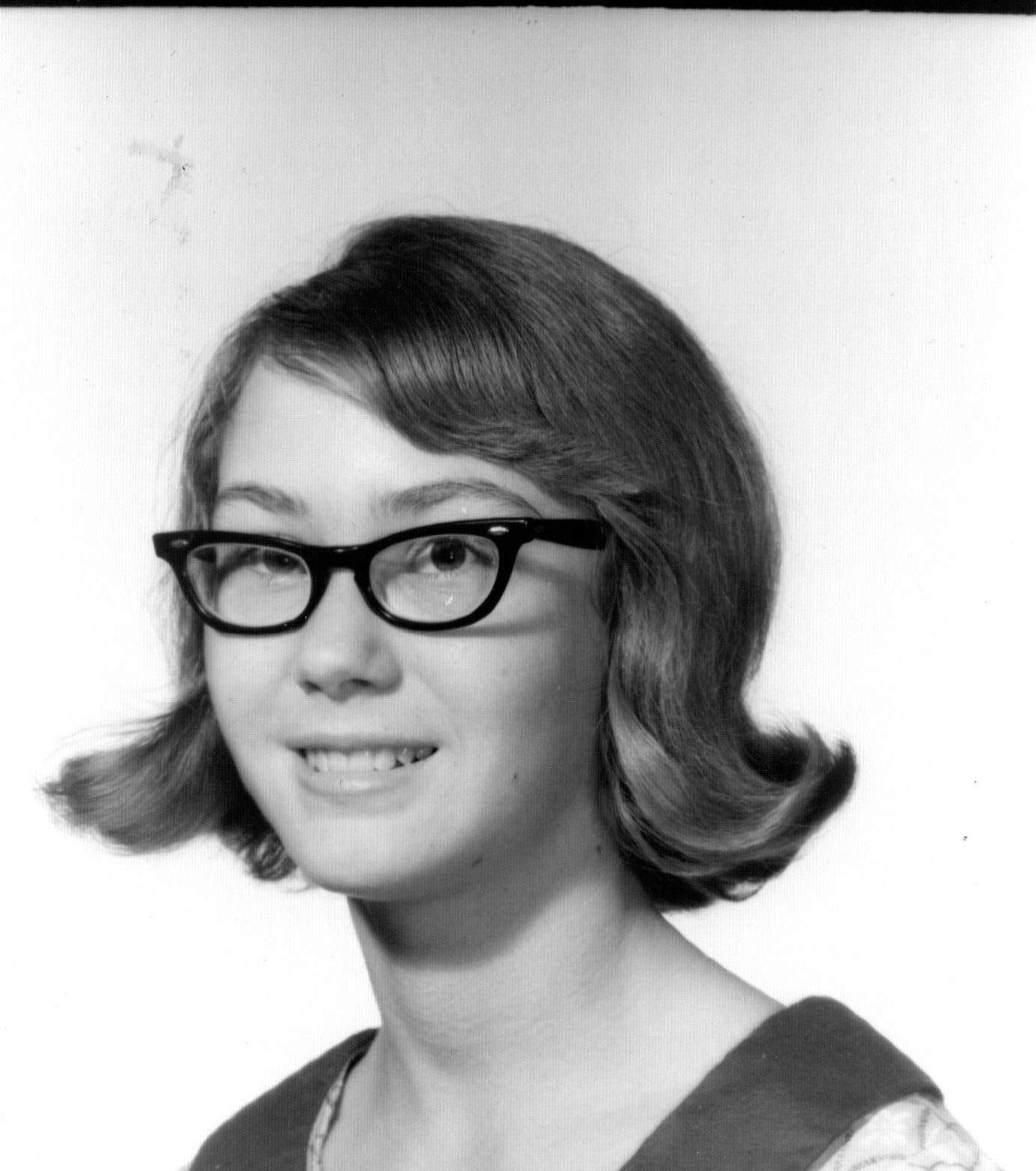Ms. Joan Hoffmaster was the nurse midwife who cared for me during my pregnancy back in San Antonio, Texas in 1974-75. She stood by me while I navigated my husband’s descent into madness (see Hitchhiking to Madness: A Memoir), managed my rising blood pressure and danger of pre-eclampsia, and at the end, made sure the doctors intervened when my body was unable to complete a normal, vaginal delivery. The next evening, she helped me hobble down the hospital corridor because none of the nurses thus far had found the time to do so. The IV pole clanked and rolled in fits and starts beside us until we finally made it to the visitation window of the newborn nursery. I was shaky from exertion and excitement, about to behold my perfect baby girl for the first time. “Ummm, is that her?” I asked. I pointed to a puckered child in front of us with pale skin and dark, curly hair, just before a beaming African American woman made her way to the bassinet and picked the child up. “Oh, my goodness,” I thought, “I’m a terrible mother! I can’t even recognize my own flesh and blood!”
I looked more closely and saw rows of swaddled infants on their sides, in all shades of coffee, ebony, and pink.
“That one, see?” she said. “The card there, it says ‘Baby Girl Green’.”
“Ohhhhh…she’s beautiful,” I said, and rolled the pole along the glass wall to stand directly in front of her. “Look at all that hair, and it’s all sticky-outy like a baby bird’s…and she’s already found her little thumb,” I said. Tears began to run down my cheeks.
“The doctors said I can’t breastfeed her while I’m on the antibiotics, but why can’t I hold her?” I said to Ms. Joan but kept my eyes on my little girl. “Can’t we just go in the nursery so I can touch her? I can’t stand not having her with me!”
“I know,” she said, “it’s hard. These hospital rules are rational from a medical viewpoint, but not so much from the mother’s side. If you don’t have any more fever tonight, they’ll stop the antibiotics and usually 24 hours after that they’ll let you feed the baby. Let’s get you back to bed now.”
We made the reverse trek to the 8-woman ward at the Robert B. Green County Hospital in San Antonio. I was probably one of the few patients with a college degree, but my hospital gown was open in the back just like every other woman’s in the public charity hospital. The antibiotics dripping from the IV pole testified to 23 hours of Pitocin-driven contractions followed by a Cesarean-section. The surgery had saved our lives so I couldn’t complain too much about the sliced and sutured uterus and abdominal muscles, but with it came fever, and thus the intravenous antibiotics.
“Ouch, wait –,” I said as she helped me back into bed, “slowly, just a minute – oof – okay, yes, help with the legs – wait, wait – okay, yes, take the slippers, yes, covers please? Ahhh – Thank you, Ms. Hoffmaster, for everything,” and settled at last into my assigned bed. She left and I pulled the covers over my head, turned to the side, and wept in earnest.
I felt Pure Joy when I saw my daughter in the bassinet, sucking her thumb, and so obviously alive and healthy. A huge weight of instinctual worry lifted but was quickly replaced with an unbearable yearning to hold her, feed her, and comfort her. Comfort her? No, I was the one in need. I needed her smell, her sighs, her suckles, her warmth to comfort me.
Eventually I held her and nursed her and over the next eighteen months we shared a bond almost as close as if she were still physically part of me. But it was not all sweetness and light! There were nights when nothing calmed her down, and days when colic or teething or whatever ails a baby made me want to scream in frustration. Then I recall her intense gaze on my face while she suckled, interrupted by a sudden smile and giggle like we were sharing the most amazing telepathic conversation. The feel and smell of her face and hair and the way her eyes rolled back in ecstasy after she took the first few gulps of milk, like it was the only drug she needed to achieve nirvana. Our bond seemed uncomplicated, deep, and true.
Those moments were indeed Pure Joy, precious but fleeting bubbles in time. Thank the gods we have them, but I must always remind myself that they are not the norm. Moments that come close these days are usually related to the natural world: the double rainbow when I thought the rain was just a hassle; a rare bird I spot in my scope when I thought it was just a mallard across the lake; the native orchid I spy among the summer grasses along the roadway. Experiences unfettered by anticipation or expectation or, as the Buddha might say, free of attachment and craving.

Such pure moments are rare when it comes to our relationship with each other because we humans are so very complex. The joy of one moment becomes yearning for more or worry about what comes next. It is fragile and likely to be ruined by striving or disappointment or anticipation. And yet, to my astonishment, I still find myself thinking it is supposed to be the norm.
“As soon as this event is over, or my shoulder stops hurting, or I get a different job,” I think, “my life will be Pure Joy.” But it won’t be. It never was, and never will be. I know this intellectually, but at age 71 (today!), I am still not sure my psyche believes me. Nevertheless, I vow again today to try to expect nothing, and be delighted when I experience an occasional dollop of Pure Joy.





